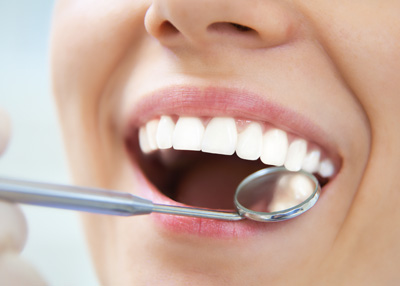When patients visit our office we are always reviewing the three ways people lose their teeth. The three ways are decay (cavities), periodontal disease (gum/bone disease) and the way they come together or the bite. Our job is to inform the patient of the condition of their mouth. The patient’s job is to decide what to do. It’s very simple, patients are given a couple of options. They may opt to do nothing. That won’t cost anything! No money, no time spent.
Decay or cavities can lead to tooth loss. When the cavity is not fixed with a filling, the cavity will rot more of the tooth away. If the cavity is very large the tooth will break and need to be pulled.
Another way is periodontal disease or gum/bone disease. With periodontal disease the support of the bone and gum tissue is compromised. If the bony support around a tooth is lost the tooth will become loose. The more you function and chew on a loose tooth, the more loose it becomes and soon will need to be extracted. Sometimes these teeth are so loose by the time I see the patient and I only need gauze to pull it.
The third way a tooth can be lost is by the way they come together. If teeth come together and hit each other straight on (down the long axis of the tooth), all is good. If a tooth is tilted or crooked and the tooth that is opposite of it hits continuously at an angle, then bone is lost and the supporting gum tissue around the tooth is also lost. I often give the analogy of a pole that is being pounded into the ground. If you pound the pole right on the top straight down, the pole will go into the ground and stay sturdy. If you hit the pole more at an angle on the top sides, then the pole will loosen and the earth surrounding the pole will become loose and will not be supportive in the ground.
Now look in your mouth. What do you see? Are you gums shrinking away from the neck of your tooth? Bite down and check how your teeth come together.
If you have questions or concerns about any of these three ways, call our office of a consultation and evaluation.


